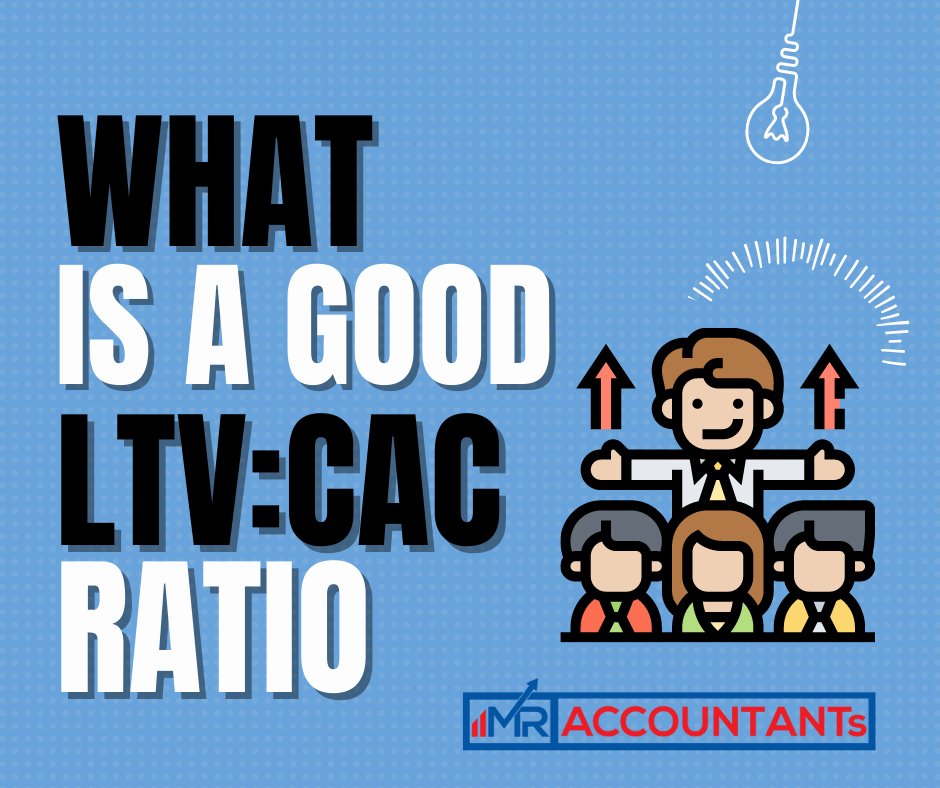What is a Good LTV:CAC Ratio? The KPI that Matters
Introduction: In today’s competitive business landscape, understanding the cost-effectiveness of customer acquisition is crucial for long-term success. One key metric that holds significant importance in this regard is the LTV:CAC Ratio. This ratio compares the lifetime value (LTV) of a customer to the customer acquisition cost (CAC). In this blog post, we will delve into what constitutes a good LTV:CAC ratio, why it matters, how to calculate it, and strategies for improving it.
Understanding the LTV:CAC Ratio: The LTV:CAC Ratio is a key performance indicator (KPI) that evaluates the efficiency and profitability of customer acquisition efforts. It compares the value a customer brings to a business over their lifetime (LTV) with the cost of acquiring that customer (CAC). The formula for calculating the LTV:CAC Ratio is as follows: LTV:CAC Ratio = Customer Lifetime Value (LTV) / Customer Acquisition Cost (CAC)
Significance of the LTV:CAC Ratio:
Sustainable growth: A good LTV:CAC ratio indicates that the revenue generated from a customer over their lifetime exceeds the cost of acquiring them. This ensures sustainable growth and profitability for a business.
Efficient resource allocation: By analyzing the LTV:CAC ratio, businesses can allocate their resources more effectively. It helps identify which customer acquisition channels or strategies yield the highest returns, allowing companies to focus their efforts and budget accordingly.
Financial health: A favorable LTV:CAC ratio indicates that a business is acquiring customers at a reasonable cost compared to the value those customers bring. This is essential for maintaining a healthy financial position and maximizing profitability.
Determining a Good LTV:CAC Ratio: The ideal LTV:CAC ratio may vary across industries and business models. However, a ratio of 3:1 or higher is generally considered good. This means that the lifetime value of a customer is at least three times greater than the cost of acquiring them. A ratio below 1:1 indicates that the cost of acquiring customers exceeds their value, which can be detrimental to a business.
Strategies for Improving the LTV:CAC Ratio:
Enhance customer retention: Increasing customer retention rates can significantly improve the LTV:CAC ratio. By focusing on delivering exceptional customer experiences, implementing loyalty programs, and personalized marketing campaigns, businesses can boost customer loyalty and extend their lifetime value.
Refine targeting and segmentation: By identifying and targeting the most valuable customer segments, businesses can optimize their customer acquisition efforts. This involves analyzing customer data, preferences, and behavior to tailor marketing messages and reach the right audience effectively.
Optimize marketing channels: Continually monitor and optimize marketing channels to ensure that resources are allocated efficiently. Experiment with different channels, measure their performance, and invest in those that yield the highest returns in terms of customer acquisition and lifetime value.
Conclusion: The LTV:CAC ratio is a vital KPI that indicates the cost-effectiveness and profitability of customer acquisition efforts. A good LTV:CAC ratio is generally considered to be 3:1 or higher. By aiming for a favorable ratio, businesses can make informed decisions, allocate resources effectively, and achieve sustainable growth. Regularly analyzing and optimizing this ratio, along with implementing strategies to enhance customer retention and refine targeting, will contribute to long-term success in a competitive marketplace.
Remember, while the LTV:CAC ratio is a valuable metric, it should be used in conjunction with other relevant factors and metrics for a comprehensive understanding of customer acquisition efficiency.
Resources:
Bain & Company. “The Value of Customer Loyalty in Retail Banking 2019.” Available at: https://www.bain.com/insights/the-value-of


